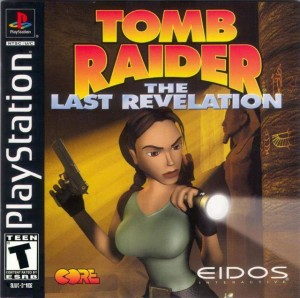Wax Rainbows
There are a few combinations in life that create magic. Things that simply belong together and would not be nearly as grand standing alone. Peanut butter and jelly, cookies and milk, both qualify. There is another combination though, that for me, defines my childhood. It is what occurs when you combine melted wax with color pigmentation – Crayola Crayons.
I remember the sheer joy I felt when opening a new 64-pack of the crayons in the early 70s. The perfect fit of each one as it stood tall in the custom-made box with built-in sharpener. I would spend hours experimenting with the different shades in my coloring books. The only downside of coloring was when a crayon broke. What a shame to no longer have perfect rows of lean soldiers. The afflicted crayon could never stand straight again and you knew it was only a matter of time before others fell victim to play.
As we read in Chudacoff’s chapter, Children at Play, many toys were targeted specifically for boys or girls.(180) Not so with crayons. Both sexes could enjoy coloring. Parents were happy because crayons were inexpensive, and stimulated the imagination.
Two chemists, Howard Smith and Edwin Binney came up with the non-toxic formula in 1903. They named their new company “Crayola” which means “oily chalk” in French. The exact Crayola formula is highly guarded, but you can see how crayons are made in this 1974 Sesame Street video.
uploaded by KitsuneDarkStalker on youtube, 2007
Over the past 109 years, colors have been discontinued, added, and changed. The history behind the names is quite fascinating. On the Crayola website, you can find a chronology of the names. Today there are more than 100 colors and the appeal for crayons continues for both the young and young-at-heart.




